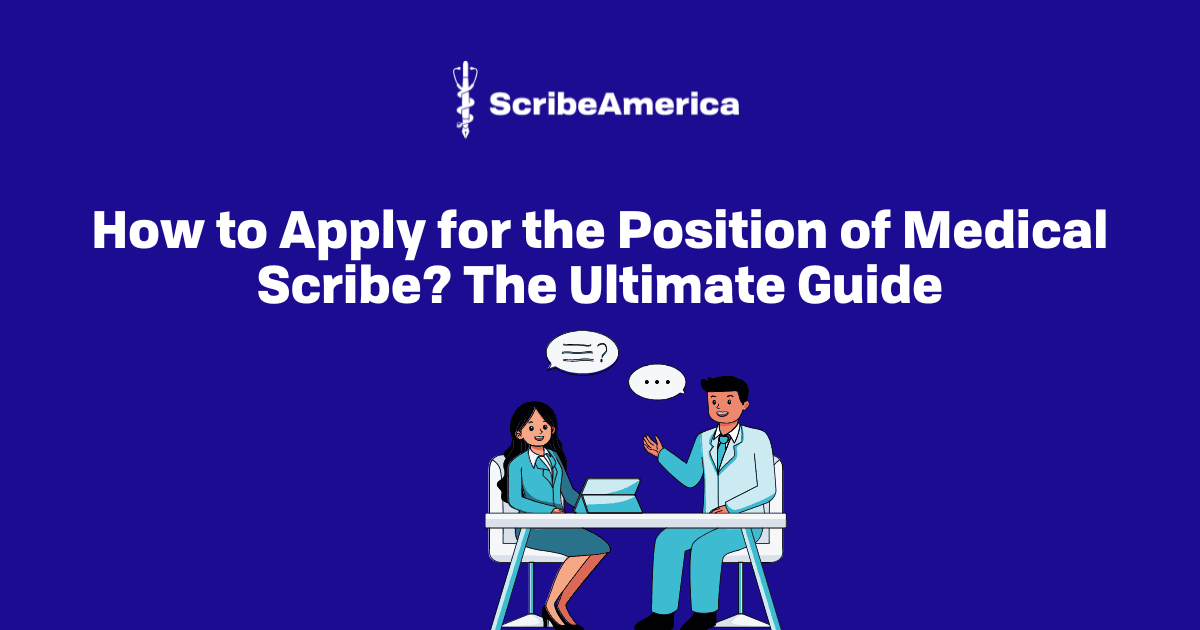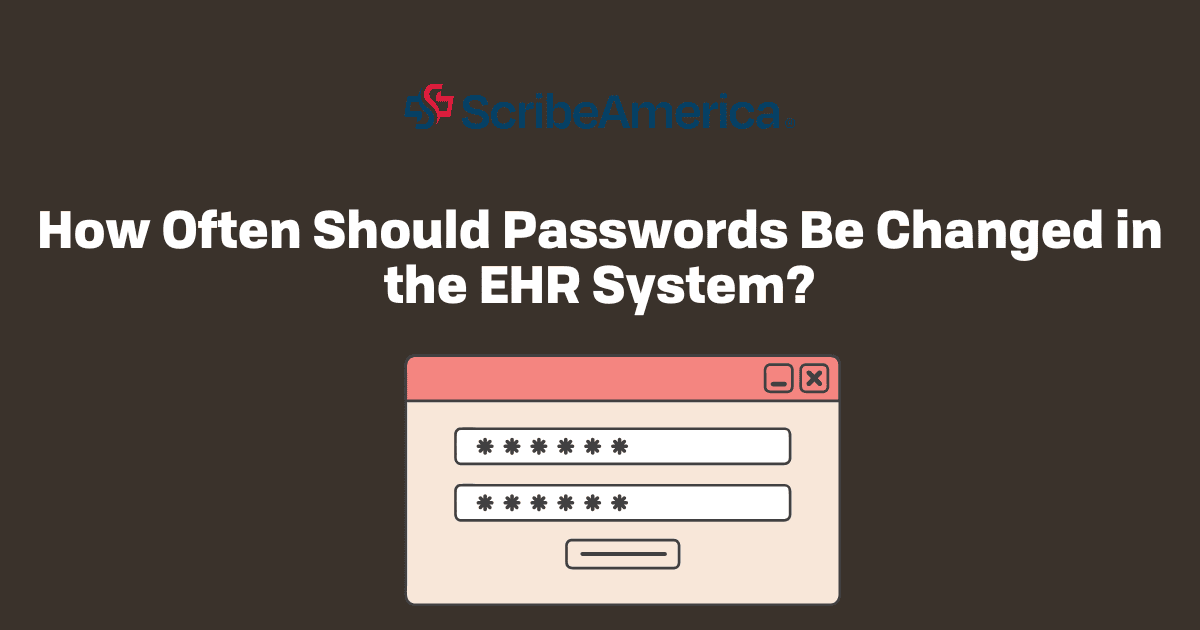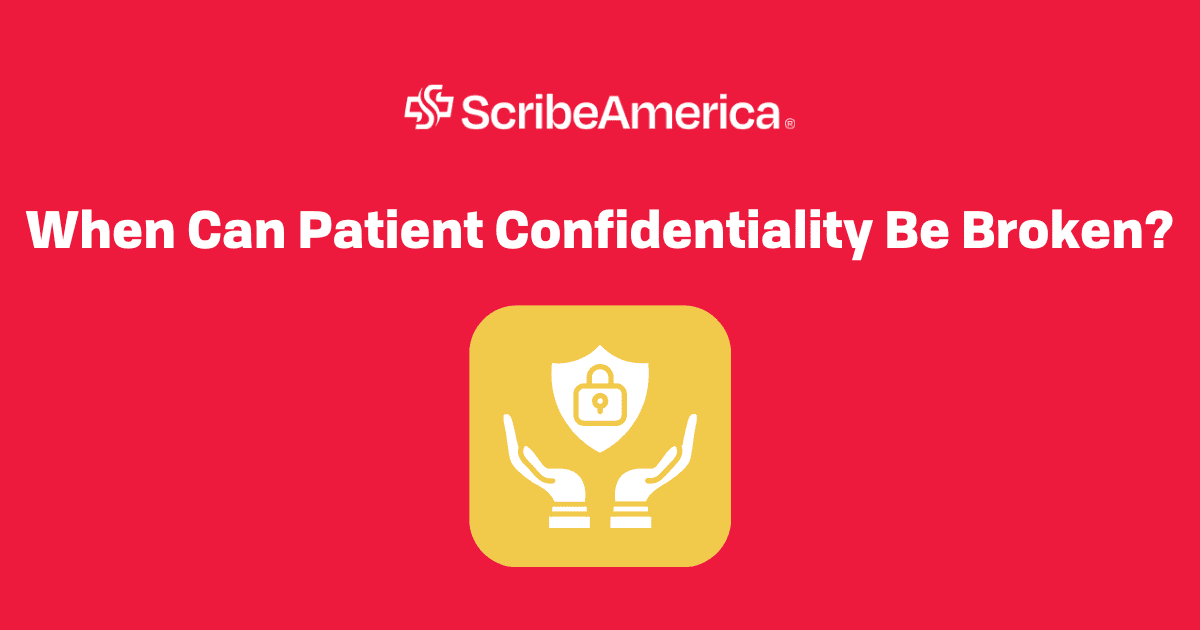Key points:
- Understand the qualifications and requirementsBefore applying, make sure you meet the basic expectations—such as strong medical terminology knowledge, fast typing, attention to detail, and a flexible schedule.
- Write a strong, tailored resume and cover letterHighlight relevant coursework, volunteer or clinical experience, and transferable skills. A well-crafted resume and genuine cover letter help you stand out to employers.
- Prepare thoroughly for the interview processBe ready to discuss your interest in healthcare, multitasking abilities, and familiarity with scribe responsibilities. Practice answering scenario-based questions and show enthusiasm for the role.
Medical scribes play a vital role in healthcare by supporting physicians with documentation and administrative tasks, allowing clinicians to focus more on patient care. If you're passionate about medicine, detail-oriented, and interested in gaining hands-on clinical experience, becoming a medical scribe could be your perfect entry point into the healthcare world. Let’s explore everything you need to know about how to apply to be a medical scribe!
What does a medical scribe typically do?
In a nutshell, a medical scribe works alongside physicians and other healthcare providers to document patient encounters in real time. This includes:
- Updating electronic health records (EHR)
- Recording patient histories, exam findings, and treatment plans
- Managing clerical tasks that help the healthcare team operate efficiently
Simply put, scribes are an essential part of the care team, ensuring accuracy and efficiency. Want to dive deeper? Read our article: Where do medical scribes work & does it matter?

7 tips on how to apply to be a medical scribe
Understand the qualifications and requirements
The first step in how to apply to be a medical scribe is understanding what’s expected. While the position is typically entry-level, employers look for candidates with:
- A strong grasp of medical terminology
- Fast and accurate typing skills
- An interest in healthcare or a pre-med background
- A flexible schedule, as shifts may include evenings, weekends, and holidays
- Excellent attention to detail and communication skills
Find and evaluate open positions
Once you understand the role and meet the basic qualifications, the next step in how to apply to be a medical scribe is to start searching for job openings. Many hospitals, clinics, and healthcare networks hire scribes directly, while others partner with medical scribe companies. When reviewing job descriptions, pay close attention to the setting – emergency departments tend to be fast-paced and intense, while outpatient clinics may offer more structured hours. Consider whether you're comfortable with remote or onsite work, and check the required time commitment. Understanding these expectations early will help you target positions that fit your schedule, interests, and career goals.
Write a strong resume
Your resume is your chance to stand out. Focus on transferable skills and relevant academic or volunteer experience. If you've completed coursework in anatomy, biology, or medical terminology, mention it. If you've volunteered in a hospital or shadowed a physician, describe how it introduced you to clinical documentation or patient care.
Whether you’re new to the field or not, make sure your resume is well-organized, free of errors, and customized for the role. A thoughtful, targeted resume shows initiative and professionalism, which is exactly what employers look for in candidates.
Write a clear and genuine cover letter
Although not always required, a cover letter can be a valuable addition to your application. Use it to express why you’re drawn to the scribe role and how your background makes you a strong fit. Keep it concise but meaningful. Mention what you hope to gain from the experience, such as clinical exposure before applying to medical school or a desire to better understand the patient-provider relationship.
If applicable, highlight any direct patient interaction experience or administrative work that has prepared you for documentation. Remember, this letter isn’t just about you – it’s about how your presence will benefit the healthcare team.
Prepare for the interview process
Once your resume and cover letter are submitted, be ready to move quickly if you're invited for an interview. Employers often look for candidates who can start within weeks, and interview processes may include multiple rounds.
Expect questions about your interest in healthcare, your ability to multitask under pressure, and how well you understand the responsibilities of a medical scribe. Interviewers may also test your typing speed or give you a scenario to assess your attention to detail. Practice explaining your strengths clearly and professionally, and be prepared to discuss how you handle challenges like fast-paced environments or medical jargon.
As part of how to apply to be a medical scribe, don’t underestimate the importance of showing enthusiasm. Employers want to know you’re serious about the role, not just using it as a placeholder. Your attitude during the interview can be just as important as your resume.
Get the job and complete onboarding
If you’re offered the job, congratulations, but your journey is just beginning. Many scribe companies and healthcare facilities provide structured training. This may include modules covering HIPAA regulations, medical terminology, and documentation standards, as well as shadowing experienced scribes on the job.
Take this phase seriously. The training will teach you how to navigate electronic health records, listen actively during patient visits, and document quickly without losing accuracy.
Build on your experience
Once you’ve started working, continue building your skills and learning from the healthcare providers around you. Medical scribing is a rare opportunity to witness patient care up close, and many scribes use it as a stepping stone to medical school, physician assistant programs, nursing, or other healthcare careers.
If you're updating your resume down the road, revisit how to describe medical scribe on resume thoughtfully. Talk about the specific skills you developed, such as clinical reasoning exposure, charting proficiency, and the ability to synthesize complex information in real time. These are highly transferable and valuable in many medical professions.
The takeaway
Learning how to apply to be a medical scribe may seem overwhelming at first, but with preparation and persistence, it can open the door to incredible opportunities. From shadowing physicians and learning documentation standards to becoming part of a healthcare team, the role offers unmatched clinical exposure and skill development.
If you’re serious about a future in medicine, there's no better starting point. Take the next step by exploring our medical scribe open positions today!




